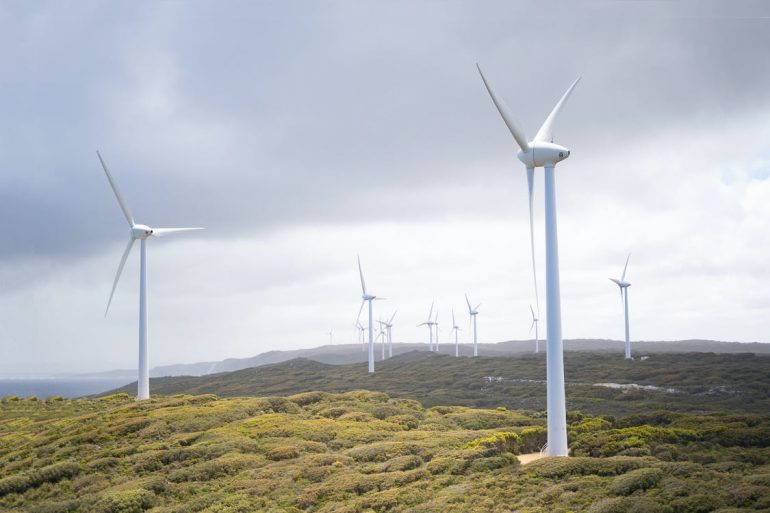
Pakistan has been able to plug the energy gap that has afflicted the country for several years thanks to infrastructure and energy projects created under the China–Pakistan Economic Corridor (CPEC). The government is working on a number of power projects and expects to have excess generation capacity in the next decade. Energy storage is a crucial aspect of our activity and a solution to the fluctuating nature of renewable energy sources.
Wind energy has the potential to end the energy issue because it is not reliant on oil and thus is unaffected by price fluctuations. It is also clean and environmentally friendly, and it is a cutting-edge technology that will aid us in preventing future environmental disasters. Pakistan’s wind and solar energy potential can help it fill 86 percent of its estimated 38.36 terawatt-hour electricity gap.
Wind energy contributes to a better air quality since it does not emit any hazardous air pollutants that can harm people’s health. It has strong sustainability requirements. On the one hand, wind is an infinite resource.
Wind energy technology has been heavily invested in by neighboring countries such as China, Japan, and India. China generates 145, 362 megawatts of wind energy, making it the world’s greatest wind energy producer. India is also the world’s second-largest turbine-based energy generator, with a capacity of 25,088 megawatts.
Wind power is an appealing investment possibility for investors because, while wind patterns vary periodically, annual wind patterns are well-established. Over the last few years, the cost of wind power has steadily decreased on a global scale.
From the conceptual phase to the design, manufacturing, delivery, installation, and set-up of wind turbines, companies like Nepcon provide assessment, verification, testing, and support services throughout the life of your wind energy project. The environment will not be harmed by using wind as a source of energy. Wind power is both cleaner and more accessible than fossil fuels. Wind turbine manufacture, installation, and transportation cannot be overlooked. However, there are no emissions after the system is implemented. As a result, it is incredibly eco-friendly and clean.
Pakistan can avoid a long-term reliance on polluting fossil fuels, reduce reliance on imported energy sources, and improve energy security by investing now in clean energy technology.
